
Prolonging the Life of Succulent Containers: Maintenance Tips
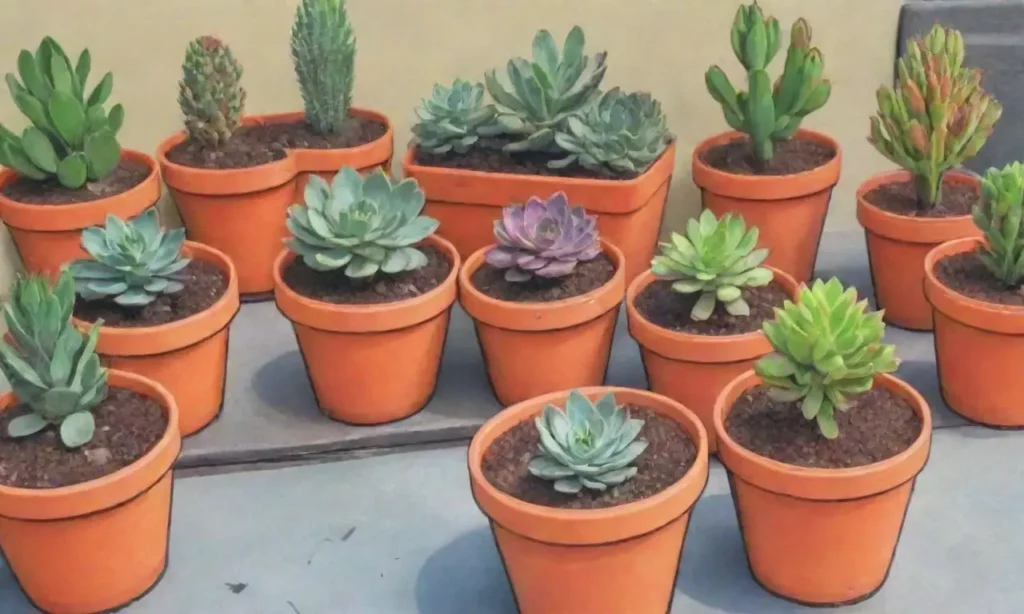
Introduction
Succulents have become increasingly popular as indoor and outdoor plants due to their striking appearances and low maintenance requirements. These resilient plants, known for their fleshy leaves and stems, store water and thrive in arid conditions, making them ideal for many environments. However, to ensure the longevity of succulent containers, it is essential to incorporate effective maintenance practices. This article will delve into various tips and strategies that can help you prolong the life of succulent containers while keeping your plants healthy and vibrant.
In this article, we will explore essential maintenance tips that not only enhance the aesthetics of succulent containers but also promote plant health. From selecting the right materials to understanding watering routines and managing pests, each section will provide comprehensive insights into caring for these delightful plants. Whether you are a seasoned succulent lover or a beginner, these tips will help you create a thriving environment for your green companions.
Understanding the Importance of Container Choice
Choosing the right container for your succulents is the first step toward ensuring their longevity. Various factors come into play when selecting a container, including size, material, and drainage capabilities. It’s essential to understand that succulents thrive in pots that allow excess water to escape. Pots made from porous materials like clay, terracotta, or unglazed ceramic help prevent overwatering by allowing moisture to evaporate, keeping the roots dry and healthy.
The size of the container also plays a significant role. Succulent roots tend to be shallow, so a container that is too deep can retain excess moisture, leading to root rot. Conversely, containers that are too small will restrict root growth. Generally, a container that is slightly larger than the current root system is ideal. This gives the roots space to grow while minimizing excess soil that retains water.
Another crucial aspect to consider when selecting a container is its aesthetic appeal. Choosing containers that complement your home decor or outdoor space not only enhances the visual appeal but also encourages you to take better care of your plants. Select colors, textures, and designs that resonate with your style, and ensure that these choices also cater to the plant's needs.
Proper Drainage Techniques
Proper drainage is vital for the health of succulents as it prevents water from accumulating at the bottom of the pot. To achieve good drainage, ensure that the containers you choose have holes at the bottom to allow excess water to escape. If you find a beautiful pot that lacks drainage holes, you can create your own by carefully drilling holes using a drill with a ceramic bit, or you can place your plant into an inner pot with drainage and set it within the outer pot for aesthetics.
In addition to drainage holes, using the right soil mix is essential. Succulents prefer a well-draining soil mixture that allows air and water to flow freely. A typical mix includes potting soil mixed with materials like perlite, pumice, or sand. These components encourage the soil structure to remain light and prevent compaction, which further improves drainage and prevents root rot.
 Colorful Potting Choices: How Container Color Affects Succulents
Colorful Potting Choices: How Container Color Affects SucculentsAnother important technique for enhancing drainage is to add a layer of gravel or small stones at the bottom of the container before adding the soil. This layer acts as a barrier, preventing soil from clogging the drainage holes while creating a space for water to collect away from the roots. This method not only improves drainage but also provides a lovely aesthetic touch at the bottom of the container.
Watering and Moisture Management
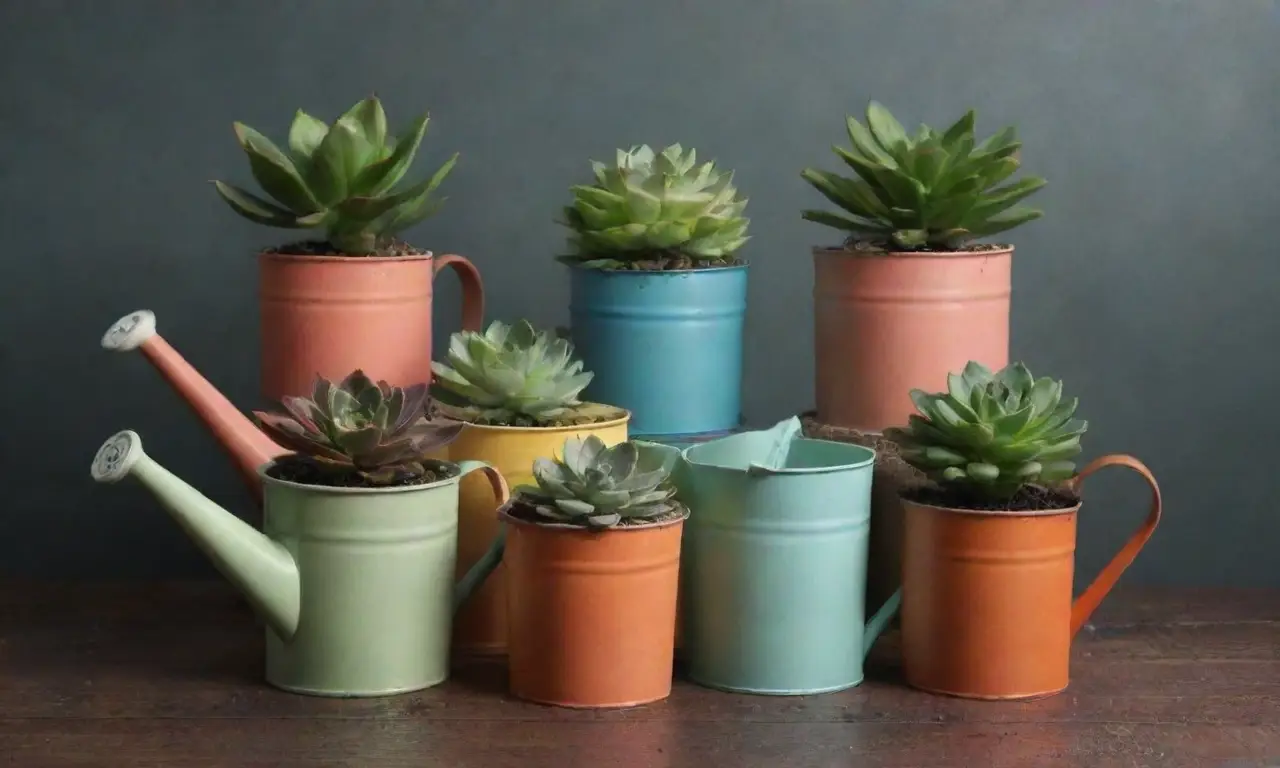
One of the most crucial ways to prolong the life of your succulent containers is through proper watering techniques. Succulents are adapted to survive in arid conditions, and their watering needs significantly differ from those of other houseplants. Overwatering is one of the most common pitfalls for succulent growers, leading to root rot and eventual plant death. It's important to adopt a watering schedule that reflects the needs of the plants and the conditions of their environment.
To determine when to water your succulents, always check the soil moisture first. Insert your finger about an inch into the soil—if it feels dry at that depth, it's time to water. Always water deeply but infrequently, allowing the excess water to drain completely. A good rule of thumb is to wait until the soil is fully dry before watering again, which can take anywhere from a week to several weeks depending on environmental humidity, pot size, and season.
It's also important to consider the environment in which your succulents are growing. During the hotter months, your succulents may require more frequent watering, while during the dormant winter season, their water needs drastically decrease. Adapting your watering routine to these seasonal changes is vital for the health of your plants and will contribute significantly to the lifespan of their containers.
Fertilizing for Resilience
While succulents thrive in low-nutrient soil, they can benefit from periodic fertilization to promote healthy growth. Using a diluted, balanced fertilizer during the growing season can help replenish nutrients that may be leached out of the soil over time. The key is to use a fertilizer specifically designed for succulents or cacti, as these formulations provide the nutrients they need without overwhelming them.
Typically, fertilization should be done once a month during the spring and summer when succulents are actively growing. In the fall and winter, as plants enter a dormant phase, reduce or eliminate fertilization to prevent any growth spurts that may not be sustainable. When applying fertilizer, always dilute it to about one-quarter of the recommended strength to avoid over-fertilizing, which can lead to salt buildup in the soil, damaging root systems.
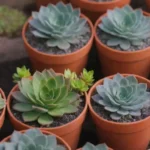 Best Practices for Potting Succulents in Non-Drainage Containers
Best Practices for Potting Succulents in Non-Drainage ContainersLastly, consider organic fertilizers like worm castings or fish emulsion, which offer a slow release of nutrients and are generally gentler on the plants. This approach can promote healthier growth and resilience, ultimately contributing to the longevity of your succulent containers while enriching the soil composition over time.
Pest Management Strategies
Protecting your succulents from pests is critical to ensuring their longevity. While succulents are typically resilient, they can fall victim to common pests like mealybugs, aphids, and spider mites. Regularly inspecting your plants for early signs of pest infestations is a proactive approach to maintaining their health. Catching an infestation early can make the difference between a thriving plant and one that struggles to survive.
If you notice any signs of pests, such as white, cottony spots for mealybugs or sticky residues from aphids, it's crucial to act quickly. For minor infestations, gently wiping the affected areas with a cotton swab dipped in rubbing alcohol can help eliminate pests without damaging the plants. For more severe infestations, consider using insecticidal soap or neem oil as a natural remedy. Both treatments are effective and safer alternatives for your plants and the environment.
Another preventive measure is to introduce beneficial insects, like ladybugs or lacewings, into your gardening environment. These natural predators can help control pest populations. Additionally, maintaining good air circulation around your succulent containers can reduce the likelihood of pest infestations, as stagnant air often provides a welcome environment for pests.
Conclusion
Prolonging the life of your succulent containers involves understanding the plants' unique needs and adopting proactive maintenance strategies. From selecting appropriate containers and ensuring proper drainage to managing watering schedules and pest control, each element plays a crucial role in maintaining a healthy environment for your succulents. Taking the time to care for these plants not only enhances their beauty but also deepens your appreciation for these remarkable species.
By following the outlined tips and strategies in this article, you will find that maintaining succulent containers can be an enjoyable and rewarding experience. With a keen eye for detail and a willingness to adapt to your plants' needs, you’ll cultivate a flourishing oasis of succulents in your home or garden that can thrive for years to come. So, roll up your sleeves, gather your supplies, and embark on this delightful journey of succulent care and container maintenance—you’re sure to be rewarded with healthy plants that brighten up your space!
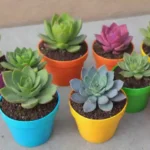 How to Build a Succulent Container Garden: Step-by-Step Guide
How to Build a Succulent Container Garden: Step-by-Step GuideIf you want to read more articles similar to Prolonging the Life of Succulent Containers: Maintenance Tips, you can visit the Container Choices category.

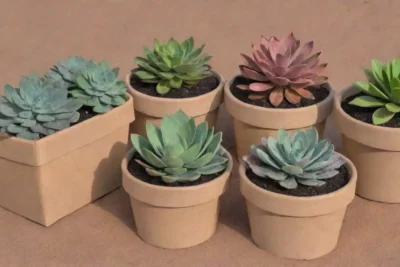
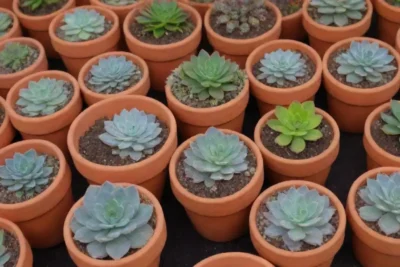
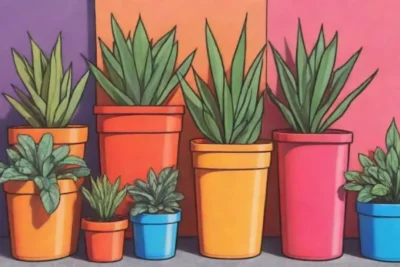
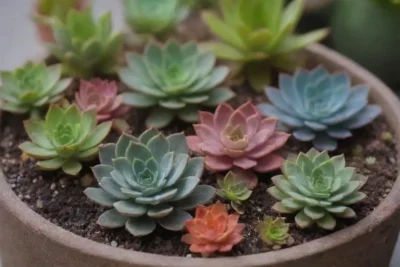
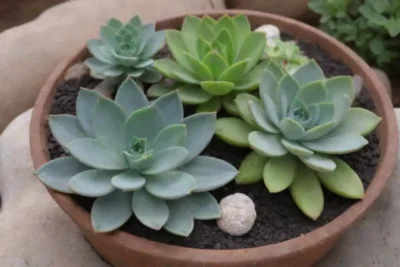
You Must Read